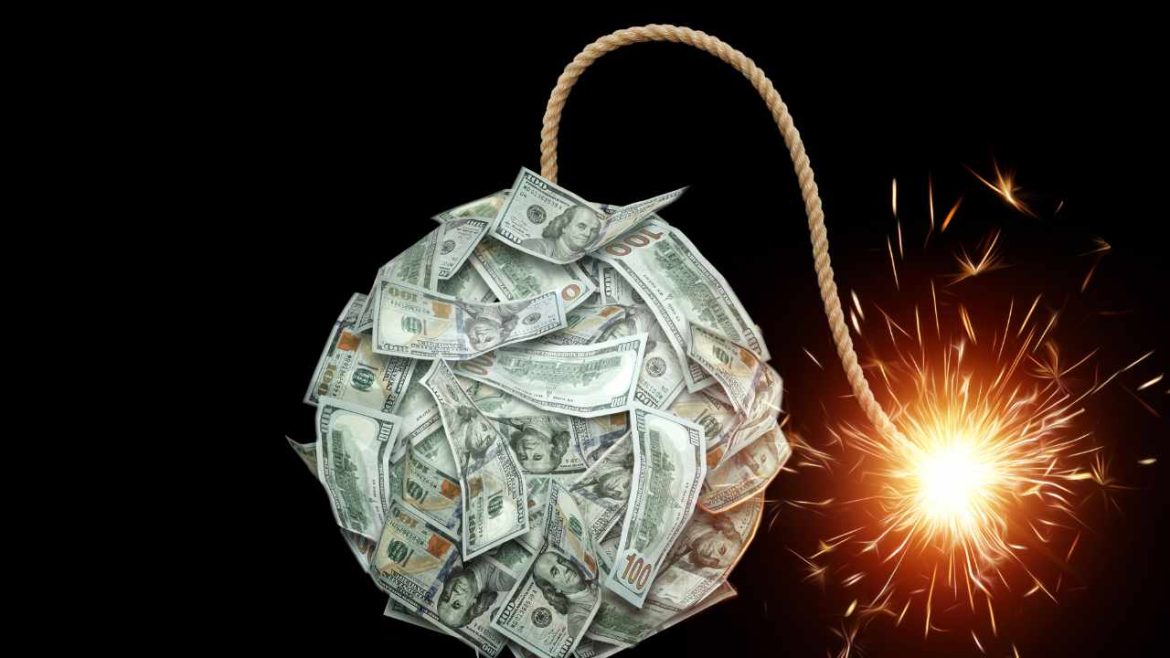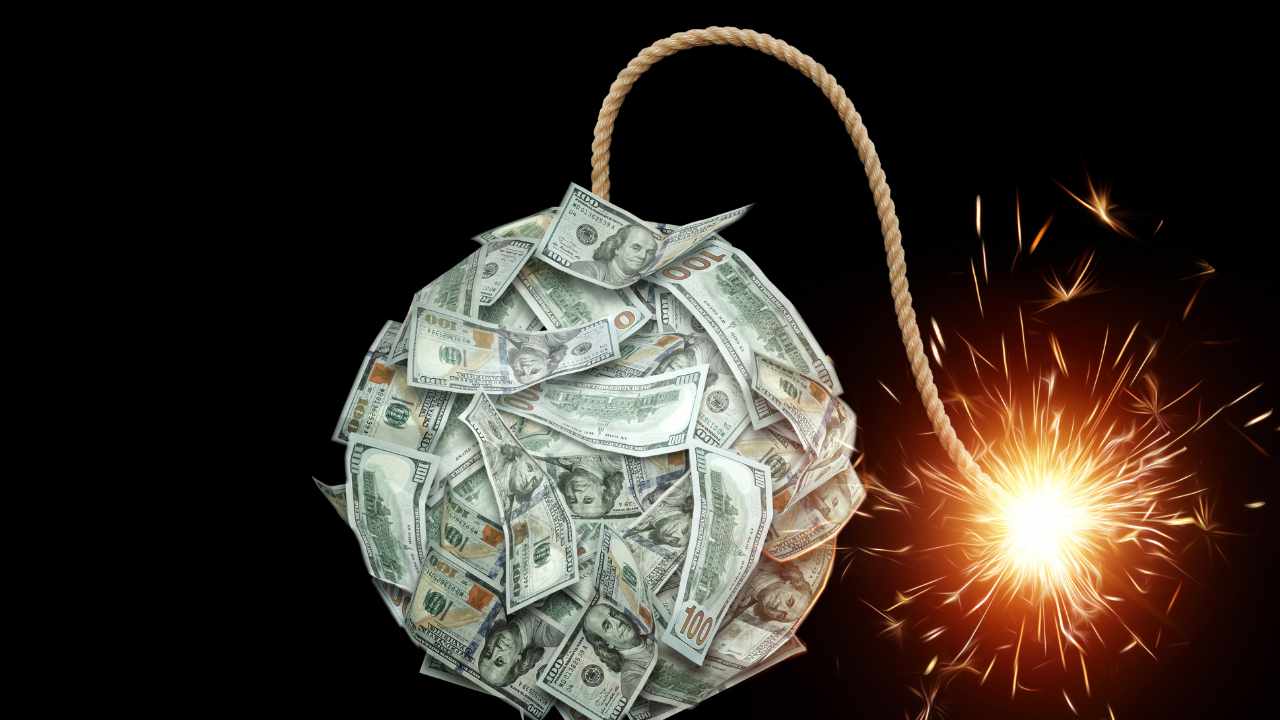The global economic landscape is witnessing a pivotal moment, marked by a complex interplay between the United States and the BRICS nations—Brazil, Russia, India, China, and South Africa. At the center of this dynamic is the U.S. dollar, the world’s dominant reserve currency, which faces growing challenges from a shifting geopolitical and economic order. The recent escalation of tariff threats by former U.S. President Donald Trump, coupled with the BRICS’ push for de-dollarization, has set the stage for a high-stakes economic dance that could redefine global finance.
The Trump Doctrine: Tariffs as a Tool
Donald Trump’s tenure as U.S. president was characterized by an aggressive trade policy, particularly the use of tariffs to protect American industries and economic interests. His approach was not merely about addressing trade imbalances but also about preserving the dollar’s global dominance. The recent threats of imposing a 10% tariff on BRICS nations perceived as aligning with “anti-American” policies, and even a 100% tariff on those actively undermining the dollar, underscore this strategy. Trump’s rationale is rooted in the belief that the dollar’s supremacy is non-negotiable and that any challenge to it must be met with decisive action.
The U.S. dollar’s status as the world’s reserve currency grants the United States significant economic and geopolitical leverage. It allows the U.S. to finance its debt more easily, influence global financial markets, and exert pressure on other nations through sanctions. However, this dominance is increasingly being challenged by the BRICS nations, which collectively represent a substantial portion of the world’s population and economic output. Their growing economic clout and discussions of alternative financial systems have raised concerns in Washington about the dollar’s long-term viability.
BRICS: A Rising Tide of Alternatives
The BRICS nations have been actively exploring alternatives to the U.S. dollar for international trade and finance. This push for de-dollarization is driven by several factors, including a desire for greater economic independence, concerns about the potential weaponization of the dollar through sanctions, and a recognition of the shifting global economic landscape. The BRICS nations have been increasing trade in their own currencies, developing alternative payment systems, and even discussing the possibility of a common BRICS currency.
China, in particular, has been at the forefront of this movement. The Renminbi (RMB) has seen increased use in international trade, and China has been promoting the use of its digital currency, the digital yuan, as an alternative to the U.S. dollar. Russia, too, has been diversifying its foreign reserves and reducing its reliance on the dollar, particularly in response to Western sanctions. India and Brazil have also been exploring ways to reduce their dependence on the dollar, recognizing the strategic importance of economic independence.
The pursuit of de-dollarization is not just about economics; it’s also about geopolitics. The BRICS nations are seeking to reduce their vulnerability to U.S. policies and assert their independence on the global stage. This movement is part of a broader shift towards a multipolar world order, where power is more evenly distributed among different regions and nations.
The Risks of Retaliation and Trade Wars
Trump’s tariff threats, while intended to protect the dollar, could inadvertently accelerate the very trend they aim to prevent. Imposing tariffs on BRICS nations could trigger retaliatory measures, leading to a full-blown trade war. This would disrupt global supply chains, increase inflation, and potentially damage the U.S. economy. The interconnected nature of the global economy means that protectionist measures can have unintended consequences, affecting not just the targeted nations but also the imposing country.
Furthermore, such aggressive tactics could push the BRICS nations closer together, solidifying their economic and political alliance. Faced with external pressure, they may be more inclined to accelerate their de-dollarization efforts and develop alternative financial systems. This could ultimately weaken the dollar’s position in the long run. The U.S. must carefully consider the potential consequences of its actions, recognizing that the global economy is a complex web of interdependencies.
The Specter of Stagflation
One of the most concerning potential consequences of escalating tariffs is the risk of stagflation—a combination of high inflation and slow economic growth. Tariffs increase the cost of imported goods, which can lead to higher prices for consumers and businesses. At the same time, they can disrupt supply chains and reduce overall economic activity, leading to slower growth. The U.S. economy has already been grappling with inflation in recent years, and further tariff increases could exacerbate this problem.
If the Federal Reserve responds by raising interest rates to combat inflation, it could further dampen economic growth, creating a stagflationary environment. This scenario would be particularly challenging for policymakers, as it would require balancing the need to control inflation with the desire to stimulate economic growth. The very measures intended to protect the U.S. economy could inadvertently be the catalyst for decline.
The Shifting Sands of Global Power
The clash between Trump’s tariff policies and the BRICS’ de-dollarization efforts reflects a broader shift in the global balance of power. The rise of emerging economies, particularly China and India, is challenging the traditional dominance of the U.S. and Europe. The BRICS nations represent a significant alternative pole in the global system, offering a different model of development and economic cooperation. Their pursuit of de-dollarization is not just about economics; it’s about asserting their independence and shaping a more multipolar world order.
The long-term consequences of this shift are still unfolding, but it’s clear that the world is moving away from a unipolar system dominated by the United States. The question is not whether the balance of power will change, but how quickly and how drastically. The U.S. must adapt to this new reality, recognizing that its economic and geopolitical influence is being challenged by a rising tide of alternative powers.
The Unintended Consequences
Ultimately, Trump’s aggressive tariff policies toward BRICS, intended to safeguard the dollar’s supremacy, run the risk of achieving the opposite effect. By alienating key global players, stoking retaliatory actions, and potentially destabilizing the global economy, these measures could inadvertently hasten the decline of the dollar’s dominance. The very actions intended to fortify the dollar could, in a twist of irony, become its undoing.
A Fork in the Road
The current standoff between the U.S. and the BRICS nations presents a critical juncture for the global economy. The path forward will depend on the choices made by policymakers in both Washington and the BRICS capitals. Will the U.S. double down on protectionist measures, risking a trade war and further fragmentation of the global system? Or will it seek a more cooperative approach, engaging in dialogue and addressing the underlying concerns driving de-dollarization? Will the BRICS nations forge a cohesive economic bloc, challenging the existing order? Or will they work within the current system to pursue their economic interests?
The answers to these questions will determine the future of the dollar, the shape of the global economy, and the distribution of power in the 21st century. This is more than just a trade dispute; it’s a battle for the heart of the international financial system. The choices made today will echo for decades, shaping the economic landscape of tomorrow.





